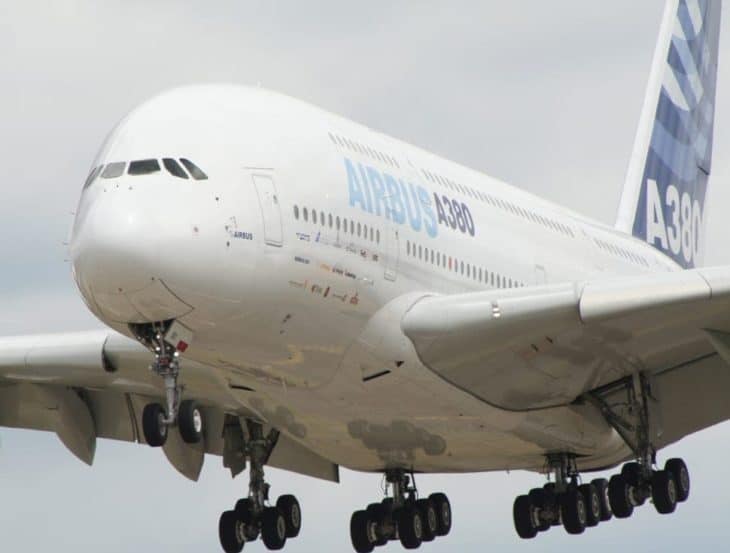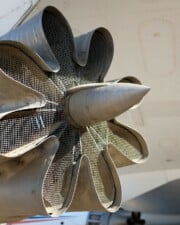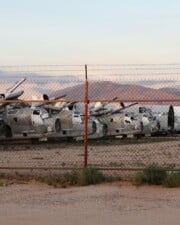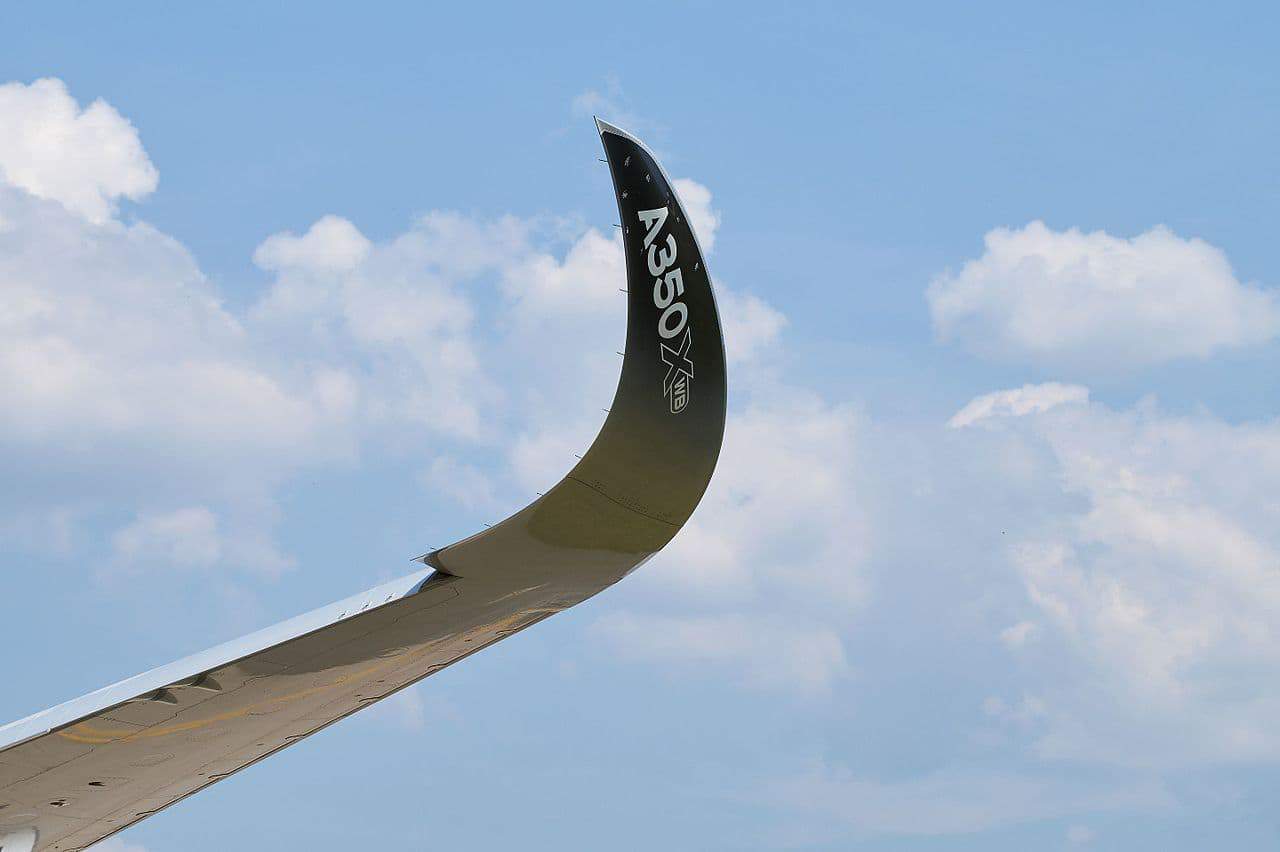If you’ve ever flown in an airplane, you’ve likely noticed that most of them are painted white or some type of light color or shade. Most are painted white with minimal livery. This isn’t an accident because, in fact, most airplanes are white for a number of good reasons. However, there is one famous exception to the rule…
Why Are Airplanes Usually White?
A white airplane isn’t that way just to catch your attention. Most planes are painted in a light color to reflect the light because if too much sunlight is absorbed into the plane, it can heat up the body of the plane quickly. Here are some more reason why airplanes are usually white:
- Less damage from solar radiation
- Passengers and crew stay cool and comfortable
- Easier to spot damage and oil spills
- Reduce the chances of bird strikes
- White doesn’t fade like darker colors
- White planes keep their resale value better
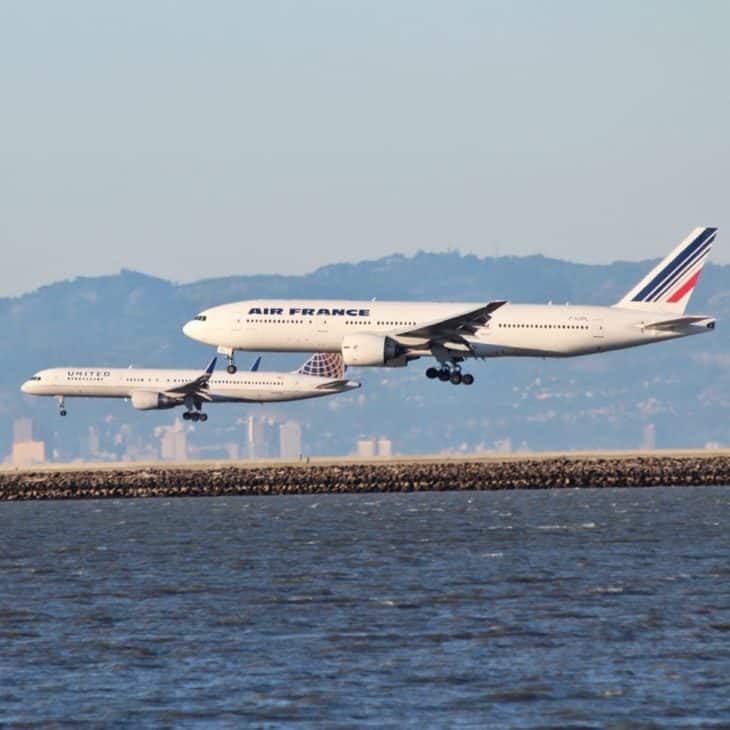
Reflecting the Sunlight Is Important
When airplanes are light in color, the sun is reflected and the plane is more comfortable, but this isn’t the only advantage. The plane also receives less damage from solar radiation. This applies both when it is in the air and when it’s on the ground.
Everyone knows that white reflects the sun; after all, it is the reason most tennis players wear white. The same principle affects the temperature of an airplane because when a plane is painted white, the passengers and crew can stay cooler and more comfortable.
Darker colors, on the other hand, provide a more thermal effect than white paint does, meaning it can quickly make the temperature on the plane a lot less comfortable for everyone aboard. Considering that airline companies place a lot of emphasis on passenger comfort, this is an important factor for them.
Other light colors do the same thing as white paint does, which is why so many airline companies try to keep their planes painted in one of the many lighter colors offered by the paint companies.
Determining the Amount of the Plane’s Damage
Another advantage of choosing white is that with lighter colors, you can more easily see any damages that may have occurred on the body of the plane itself. A white airplane will show dents, corrosion, rust spots, cracks, and oil spills more easily than darker colors.
Because of this, those damages can be taken care of more quickly, which means that they can be tended to before any severe or permanent damage takes place. Damaged spots on a plane can also be unattractive, so light colors that allow you to make repairs quickly can be miracle workers.
Taking care of damages quickly also adds to your bottom line, saving you a lot of money – not to mention time – in the long run. When you consider how long most airplanes are in use these days, this is not exactly a small detail.
Reducing the Chances of Bird Strikes
Lighter colors enhance the background between flying birds and the aircraft, meaning the plane is less likely to hit a bird while in flight or on the ground. This is also important when flying in low altitudes because hitting a bird can cause the flight to be unsafe.
Darker colors can reduce the contrast between the aircraft and the visual background. It can even make the plane harder to see for the birds, which increases the likelihood that a bird strike will occur. A light-colored or white airplane is easier for both the pilots and the birds.
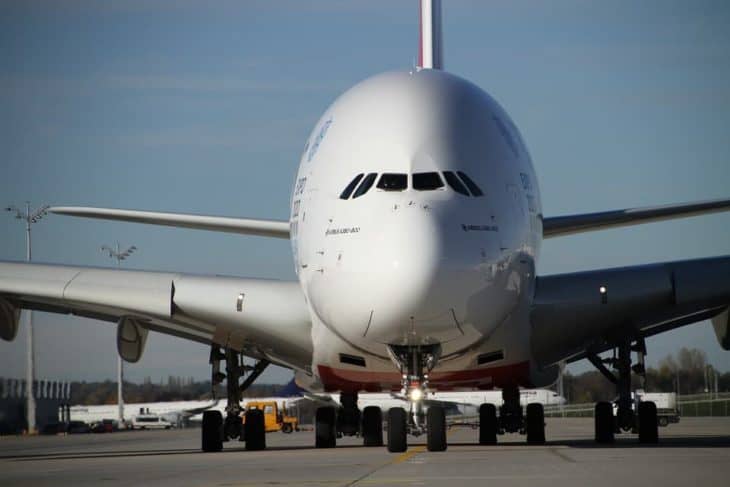
Although hitting a bird may not seem like a big deal to some people, it can wreak havoc on the life of the plane and the safety of the flight, so reducing the chances of hitting a bird – especially while in the air – is extremely important to most airline companies.
Why Planes Are Not Painted Black
There are also practical reasons for painting an airplane white. Aircraft painted darker colors will fade much more quickly over time, while lighter-colored planes fade more slowly, which results in more time in between paint jobs.
Simply put, a white airplane will stay white for a very long time, while darker-colored planes have to be repainted more frequently. This means that lighter planes save the airline company more time and many gallons of paint.
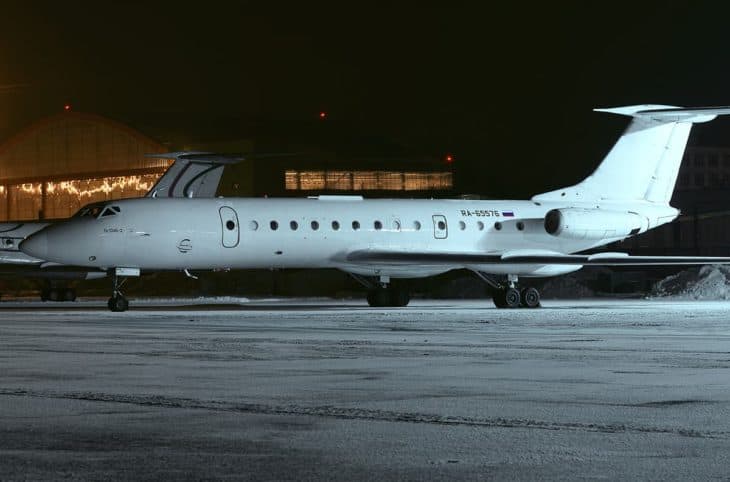
In addition, darker-colored airplanes tend to have a much lower resale value than planes painted in a light color. If you own your own hangar, this is an important feature because you’ll have to take into consideration that your darker-colored airplanes will likely take longer to sell.
Because most airline companies are aware of the many advantages of owning a white plane, many of them are much less likely to purchase airplanes that are painted in darker colors; for example, navy blue, maroon, or dark-green. It is just more practical for them to purchase a white plane.
A famous exception to the rule is Air New Zealand. Most of Air NZ’s fleet of planes is painted partially black or completely black, like the Boeing 787-9 in the photo below. Black is Air NZ’s brand color and this bold livery makes them one of the most easily identifiable planes in the world.
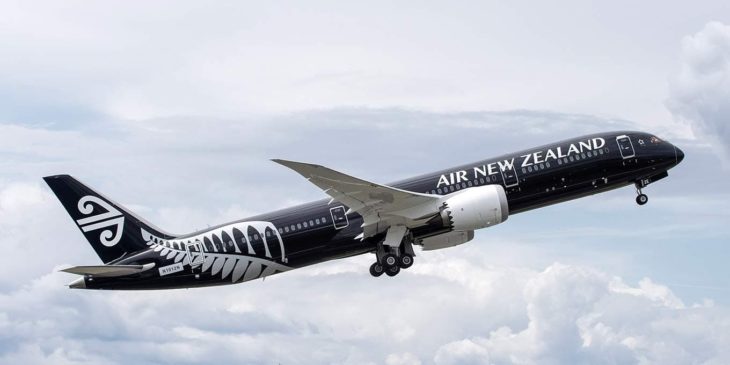
All airline companies are conscious of the costs involved in running their business, so as you can see, having a white airplane makes sense both practically and for cost-effectiveness. If it affects the bottom line, an airline company will pay attention to it, which is why most of them use the color white.
References ▾
Related Posts
